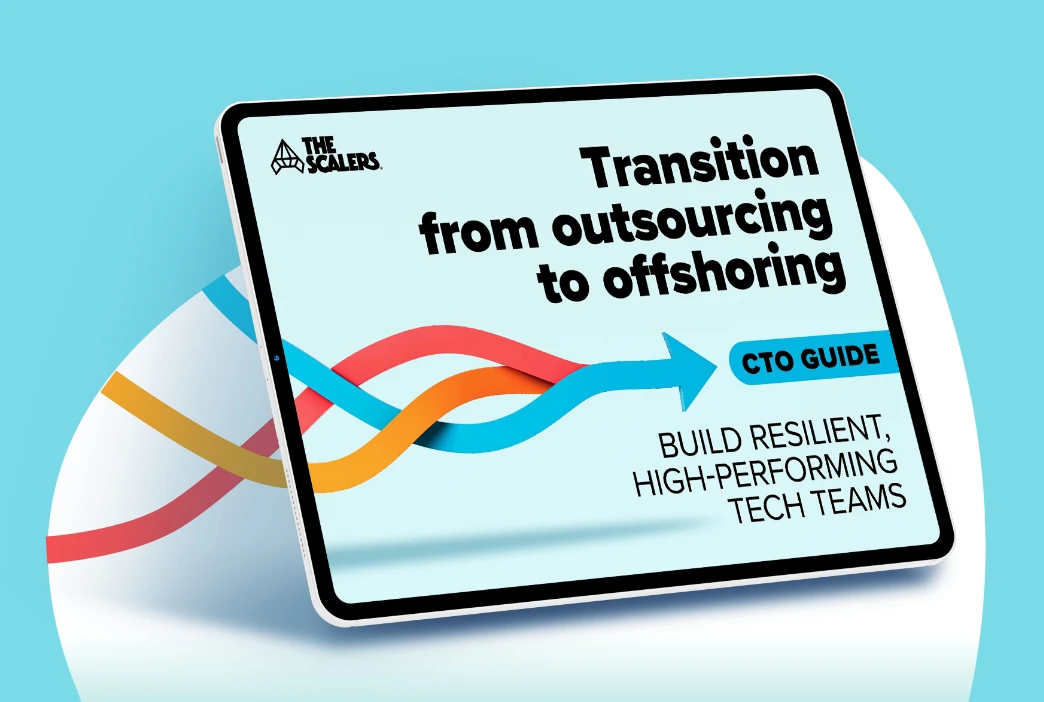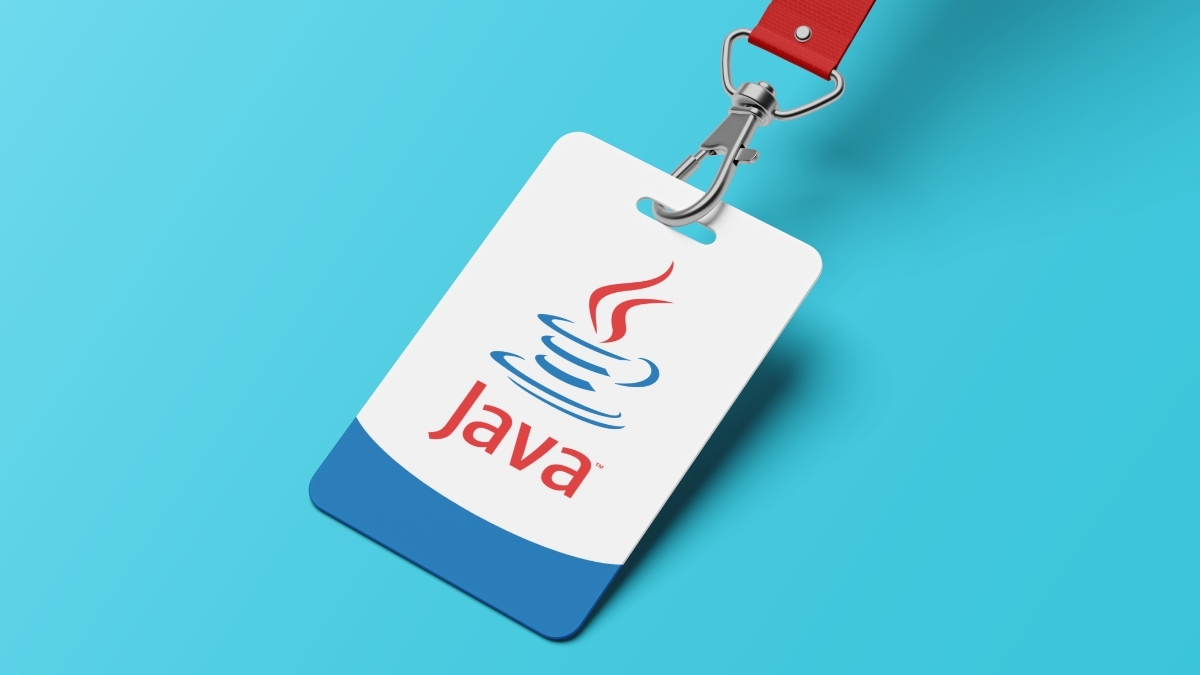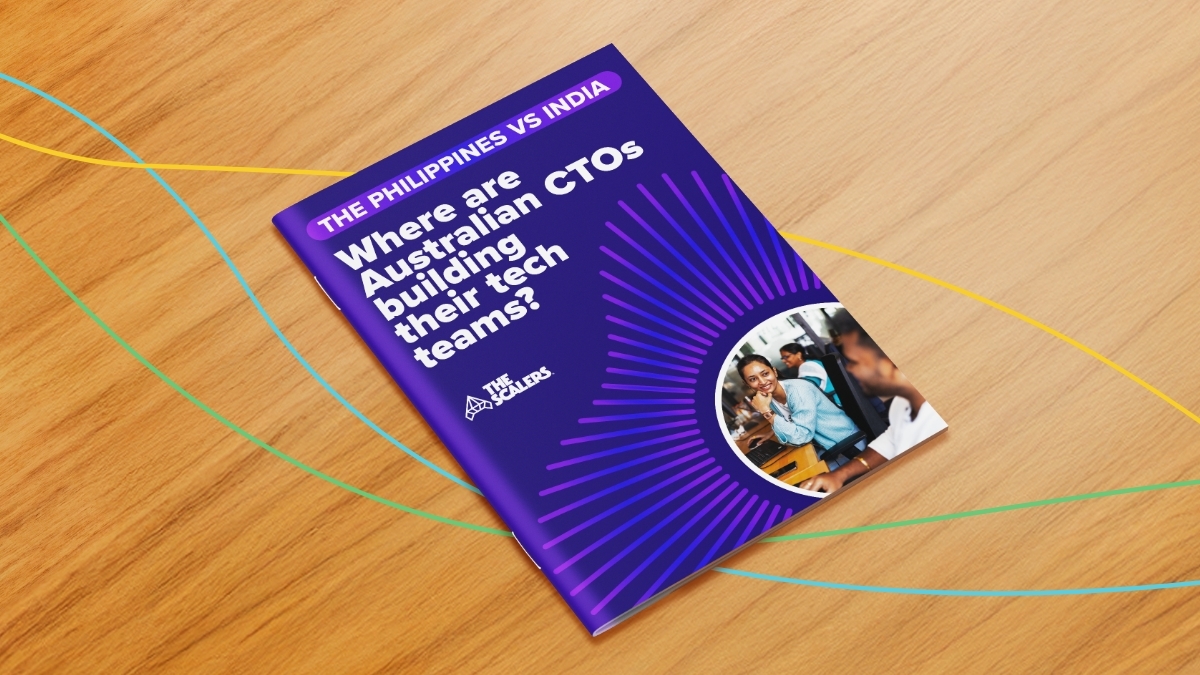Just like how every subject has its own glossary, IT project management has one too. The Project Management glossary contains a number of terms that will help project managers standardise processes and make them more efficient and foolproof.
Here is a list of 10 IT project management phrases that you need to know if you’re going to be leading an IT project soon.
1. Project
A project can be defined as an activity or endeavor to create a unique product, service, or result. The activity must have a well-defined purpose, a beginning, and an end.
Any project should also be progressively elaborated. What does that mean? That means that the project should progress in definite incremental steps, where the purpose of the project is further refined until all the defined goals are met.
2. Project Life Cycle
To ensure that a project is successful, dozens of tasks need to be completed at the right time and in the right sequence. This can be quite overwhelming, even for a project manager.
And so, the best way to ensure smooth sailing is to divide your IT project management efforts into different phases and simplify them into a series of logical steps that make up the project life cycle.
What are the phases of a project?
The Initiation Phase
The initiation phase is the first phase of the project lifecycle, where the value and feasibility of a project are evaluated. This process usually involves a thorough investigation of the business case document — a report that justifies the project and its potential financial benefits. The next step is to conduct a feasibility study that focuses on the goals, timelines, and costs of the project. If a project is labeled as unfeasible, it is abandoned. If not, then it is assigned to the next stage.
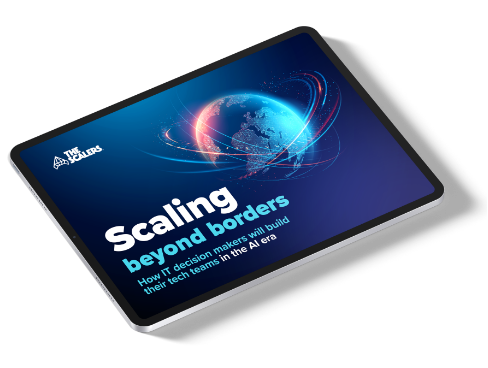
Discover how to scale development teams in 2023 and beyond
DOWNLOAD EBOOKThe Planning Phase
This is the most crucial stage of the project lifecycle, where a project plan is prepared. Over 39% of all IT projects fail due to poor planning. Thus, the project planning phase focuses on the guidelines for obtaining resources — both monetary and otherwise, and gives the team a much-needed direction.
The Execution Phase
The execution phase, commonly associated with IT project management, is all about building deliverables. By allocating the right resources and strategically approaching the task at hand, teams can deliver quality output and satisfy the client. This is also when teams monitor their own progress to prevent scope creep, track the variations from the allocated cost and time, and calculate key performance indicators.
The Closure Phase
The final phase in the IT project management lifecycle is the closure phase, which means that the team has successfully delivered the finished product or service to the client. This step also allows the team to evaluate the entire project, and learn from their mistakes so that they can build stronger processes for their future projects.
3. Gantt charts
A Gantt Chart is a commonly used method in IT project management to track tasks and events against time. To the left of the chart, a list of activities are displayed, and along the top is a suitable time scale. Each activity is represented by a bar where the position and the length of the bar reflect its start date, duration, and end date.
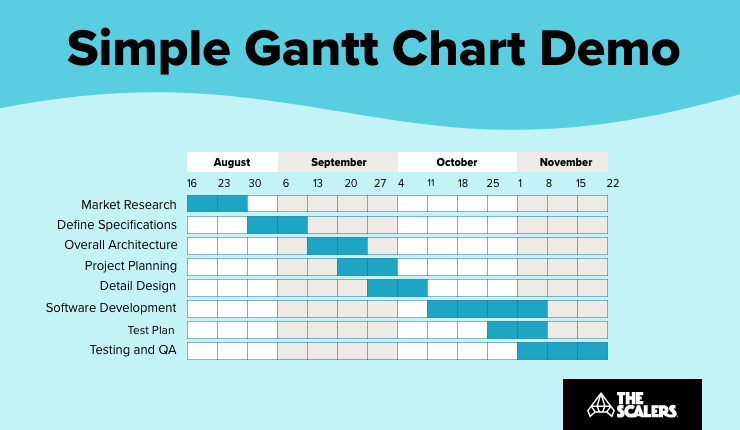
How is this helpful?
One glance at a Gantt chart gives you important information such as the different tasks in progress, when they begin and end, the duration of each task, and if any overlapping activities need to be rescheduled. You can also mark milestones on the Gantt Chart such as project kick-off date, design completion, and phase completion.

in Bangalore
Speed up your software delivery with an integrated and dedicated team
LEARN MORE4. Brainstorming
Brainstorming is an innovative method to introduce ‘controlled chaos’ into one’s thought process. In simple terms, brainstorming is an activity that is conducted in a workshop environment to facilitate creative thinking and innovative solutions to a problem. Brainstorming sessions allow team members to bond over ideas by encouraging democratic participation. It also helps identify a list of ideas in a shorter duration of time.
5. Work Breakdown Structure
Work Breakdown Structure (WBS) is a hierarchical organisational structure that is used to describe the flow of responsibility, orders, and communications. This breakdown allows the scope of the entire project to be divided into manageable chunks that each team member can work on.
Apart from defining and organising work, WBS has other benefits such as estimating specific costs of each task, building an efficient project schedule and tracking the project’s overall cost performance. It can also be used to determine the potential risks in any project. For instance, if one of the branches of the WBS is not well-defined, then it means that there is a scope definition risk. The risk is then tracked and reviewed during execution to prevent any failures.
The figure below is a simple illustration of the hierarchical structure where a project is divided into individual functions that has its own deliverables.
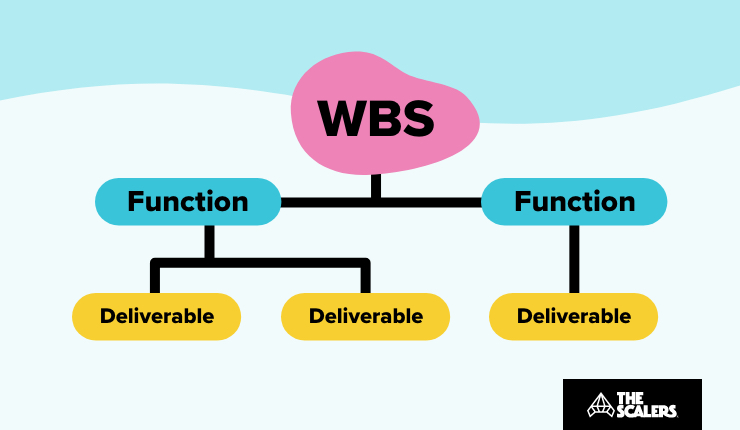
6. Scrum
Scrum is one of the most popular agile IT project management frameworks that is used to deliver new software capability every 2-4 weeks. According to the 12th annual State of Agile report, over 70% of all software teams across the world use Scrum.
Organizations that have adopted the Scrum methodology have experienced higher productivity, better output quality, reduced time to market, better team dynamics, and happier employees.
7. Sprint
Sprints are at the heart of scrum and agile methodologies. A sprint is a short, time-boxed period when a scrum team works to complete a well-defined set of tasks. Sprints make projects more manageable, give teams more flexibility to adapt to change, and allows them to ship high-quality work faster and more frequently.
8. BOSCARD
One of the most popular methods in IT project management, BOSCARD, stands for background, objectives, scope, constraints, assumptions, risks and deliverables. The BOSCARD is a strategic planning tool that originated with the company Capgemini in the 1980s and is now used to deliver important project information to the stakeholders.
What does the acronym BOSCARD mean?
Background: Provide all the necessary background information such as key stakeholders and project requirements.
Objectives: Describe the project goals.
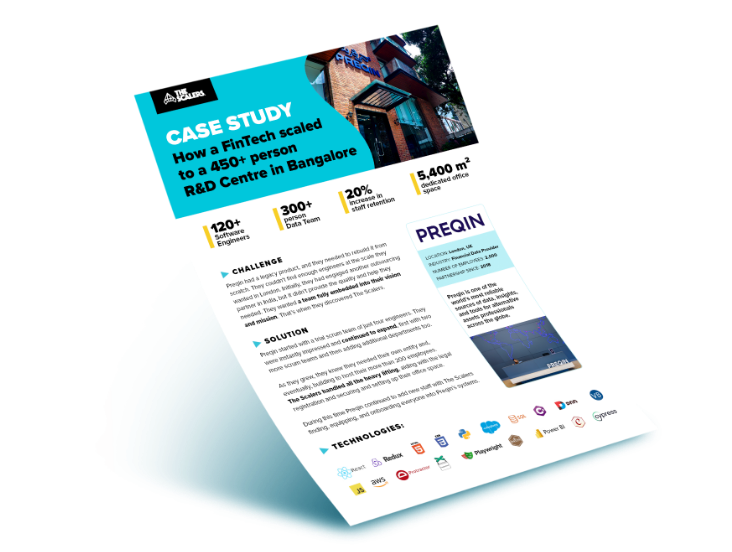
How we helped a FinTech scale to a 450+ person R&D Centre in Bangalore
DOWNLOAD CASE STUDYScope: Describe the different features and functionalities of the product, service, or result that must be delivered to the stakeholders.
Constraints: Identify the limitations or restrictions of the project.
Assumptions: Specify all the assumptions that are considered during the planning stage of the project so that they can be validated at a later point.
Risks: Outline the risks in a software development project at the start of the project, their significance, and the plans to eliminate them.
Deliverables: Define the key deliverables of the project.
9. Waterfall Methodology
The waterfall model is a predictive, sequential life cycle methodology that divides the process of software development into different phases. Each phase contains a set of tasks that need to be performed before moving on to the next phase.
The figure below illustrates the different phases of the waterfall model in a typical software development project.
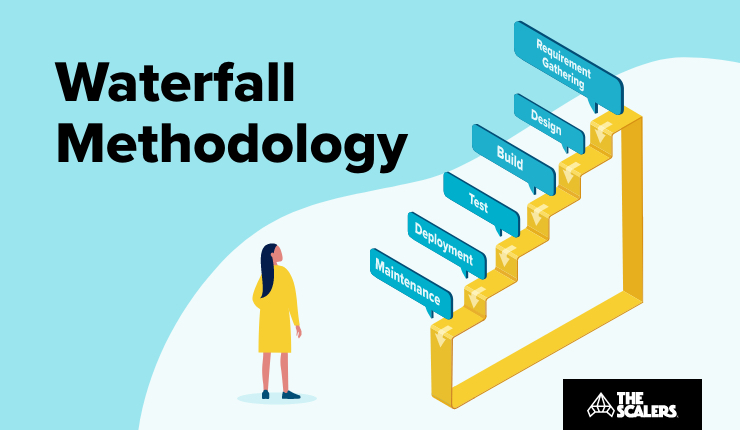
Typically, the waterfall model is used when the requirements are well-defined, the project is short, and the development environment is stable. However, many project managers no longer use the waterfall model because of its many disadvantages, such as a more prolonged testing period, higher error rate, and the requirement for elaborate documentation.
10. Deliverables
Project deliverables are the results of the project or the processes in the project. That means a deliverable can be something as big as the objective of the project itself or the reporting that is part of the larger project.
There is a fine line between project and product deliverables. Project deliverables are outputs such as the project plans or reports. Product deliverables, on the other hand, could be hardware, software, mobile applications, contracts, or test assessment results.
If you want to know more about IT project management and how to manage an offshore team efficiently, feel free to reach out to us by filling out the contact form, and we will get back to you within 24 hours.

